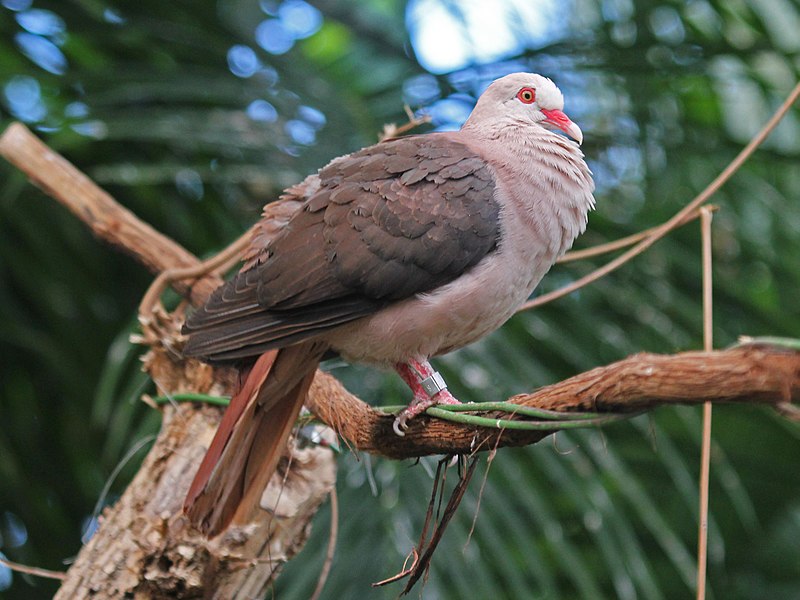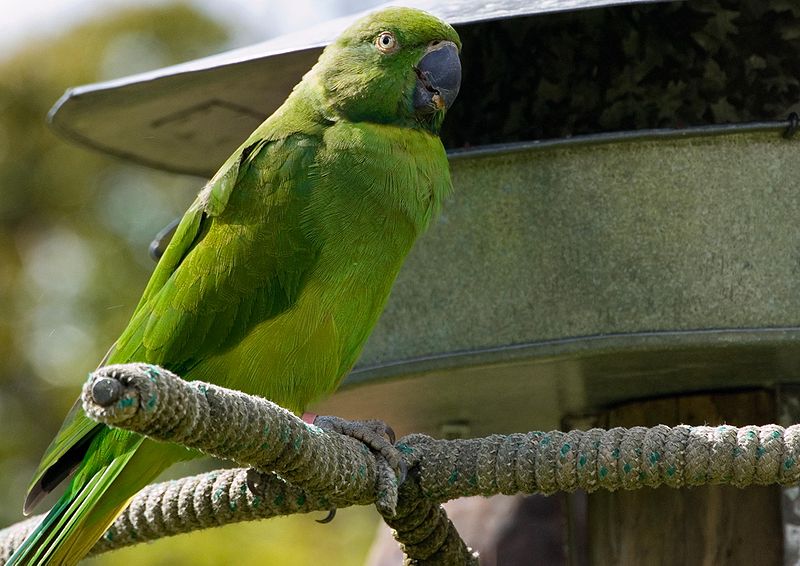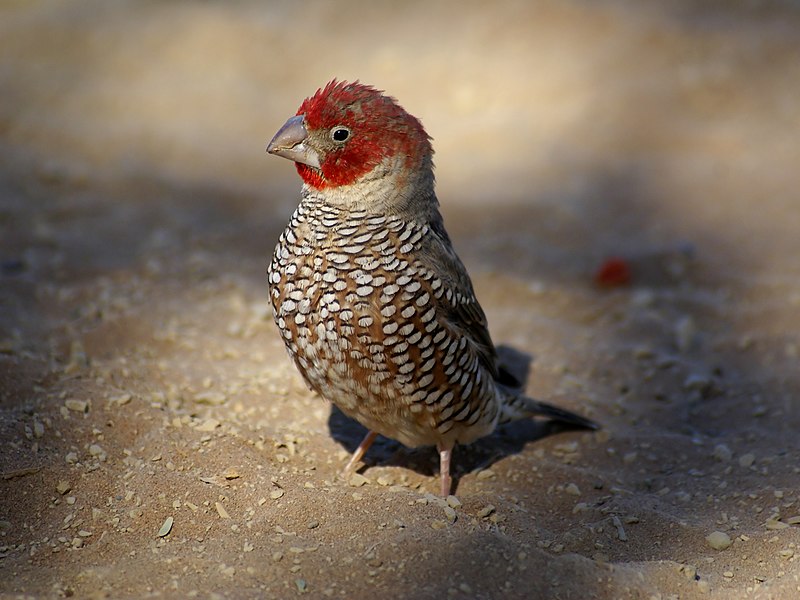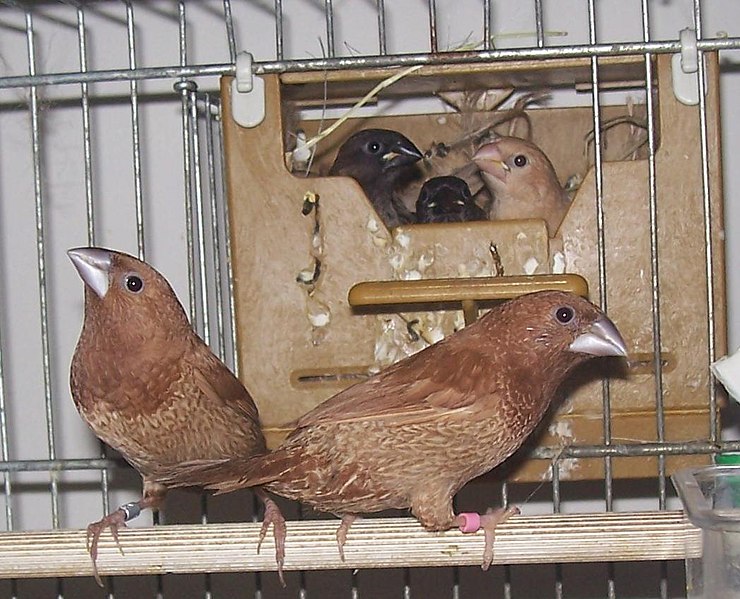 First, I should explain the odd title. I grew up near the Bronx Zoo and dreamed of a career there since early childhood. Early on, however, responsibilities made it impossible for me to consider zoo work, a notoriously low-paying field. By the early 1980’s, however, things changed and I was volunteering at the Bronx Zoo and doing everything else I could think of to break into the field. But I was a lawyer at the time, and, despite years of experience with well-known animal importers and bird breeders, the zoo’s management did not believe I seriously intended to abandon such a lucrative profession. Then the Pink Pigeons came to the rescue…
First, I should explain the odd title. I grew up near the Bronx Zoo and dreamed of a career there since early childhood. Early on, however, responsibilities made it impossible for me to consider zoo work, a notoriously low-paying field. By the early 1980’s, however, things changed and I was volunteering at the Bronx Zoo and doing everything else I could think of to break into the field. But I was a lawyer at the time, and, despite years of experience with well-known animal importers and bird breeders, the zoo’s management did not believe I seriously intended to abandon such a lucrative profession. Then the Pink Pigeons came to the rescue…
“Thanks, Pigeons”
After a year of failed attempts, I managed to land an interview for a position as bird keeper. As the curator and I walked and talked, I caught sight of a group of unusual birds, and stepped closer. I thought they might be Pink Pigeons, Nesoenas mayeri. I was shocked, as there were but 12 individuals left in the wild at the time, and captive breeding efforts had only just begun. Read More »
 That Bird Blog – Bird Care and History for Pet Birds
That Bird Blog – Bird Care and History for Pet Birds




